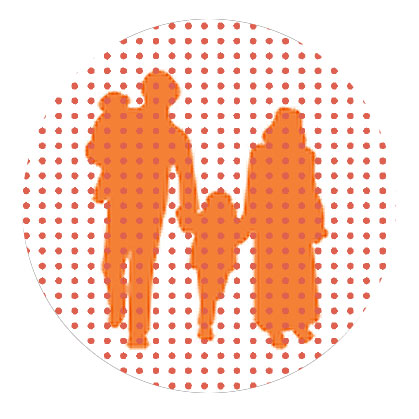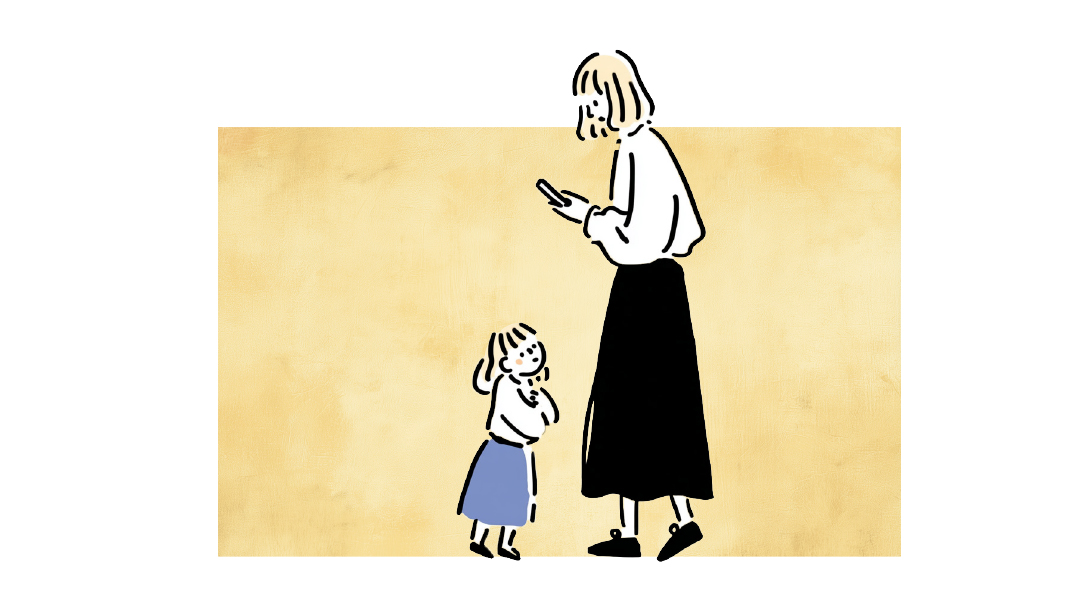All the Tools in the Box

We can teach kids to stop throwing tantrums

Little Leah can be a little terror! When things don’t go her way, she takes to screaming and thrashing about for 20 minutes or more. At four years of age, she should be able to handle a bit of frustration, but she can’t.
“I’ve tried everything,” laments Leah’s mom. “But she’s getting worse, not better!”
Abba shrugs his shoulders. “I usually walk away,” he says. “If I stick around while she goes through her routine, I tend to get very annoyed. It’s better if I leave.”
Mom feels that leaving Leah while she’s in such distress is form of abandonment. “I stay with her,” she explains. “She always asks me for a hug once she calms down, and I want to be there to give it to her. Also, I read that kids need to know that all of their emotions are okay. When my husband walks out on her, I believe he’s sending the wrong message.”
What we know is that Mom’s intervention isn’t effective, since Leah’s behavior is worsening over time. Even if Leah does feel loved and accepted, she’s certainly not behaving appropriately. What might help?
Whole Child, Whole Tool Kit
There’s no single intervention that will produce desirable developmental outcomes. Emotional support, behavioral education, cognitive guidance, diet and lifestyle changes, and even supplements will all have a role to play. Let’s see how they can all be utilized in the service of helping this youngster find a way to more gracefully accept things that don’t go her way.
If Leah’s mom says, “You can’t have a cookie right now because we’re about to eat dinner,” Leah will predictably hit the roof. (“I do my best to avoid saying no to her,” confides Mom). Once Leah is hysterical, Mom usually gives her some practical information like, “Crying isn’t going to help. No one is getting a cookie right now.” This tends to cause Leah’s tantrum to escalate even further, but Mom doesn’t know what else to say.
If we look into our tool kit, we can see that there’s a bunch of words just waiting to describe all the intense emotion pouring out of the distraught child. Mom can reach in, grab some suitable words, and throw them Leah’s way. “I know it’s frustrating. I know you really want a cookie right now.” Saying emotional words in the face of someone’s strong feelings doesn’t usually make them immediately calmer. However, the words do register and over many months, often have the ability to contain and regulate strong emotion.
After hearing her feelings put into words for a long period of time, a youngster often starts to put her emotions into words on her own. This is the beginning of emotional regulation.
However, it’s only one step. Although some people feel that providing comfort to an upset child is an essential component of emotional regulation, others (myself included) feel that caution is necessary. Providing a lot of warmth and reassurance can inadvertently reinforce negative behavior. It’s important to provide warm and loving attention to one’s child almost all of the time. It isn’t necessary to lay it on thickly while a child is engaged in undesirable behavior. At such moments, staying physically present without offering tender solace is more advisable.
Once the child has calmed down, it’s possible to use a behavioral intervention. “I know you really wanted that cookie, and you were really upset that you couldn’t have it. Next time you feel frustrated and disappointed, you can say such and such....” Provide the exact words you would find acceptable for your child’s expression of displeasure. Show her how to say the words in an acceptable tone and volume. Ask her to practice so that her brain will have a chance to begin wiring in the new response. These steps build neural pathways that form the basis of new learning.
Finally, follow-up is an essential part of the learning process. At the next meltdown, Mom can 1) name feelings and 2) once Leah has calmed down, ask her to say the words she taught her for the correct expression of unhappiness. The third step would be to strongly reinforce the desired behavior by showing clear pleasure and possibly even offering a small reward. The show of great interest and delight should happen every time the child responds appropriately in real time.
(Originally featured in Family First, Issue 846)
Oops! We could not locate your form.




